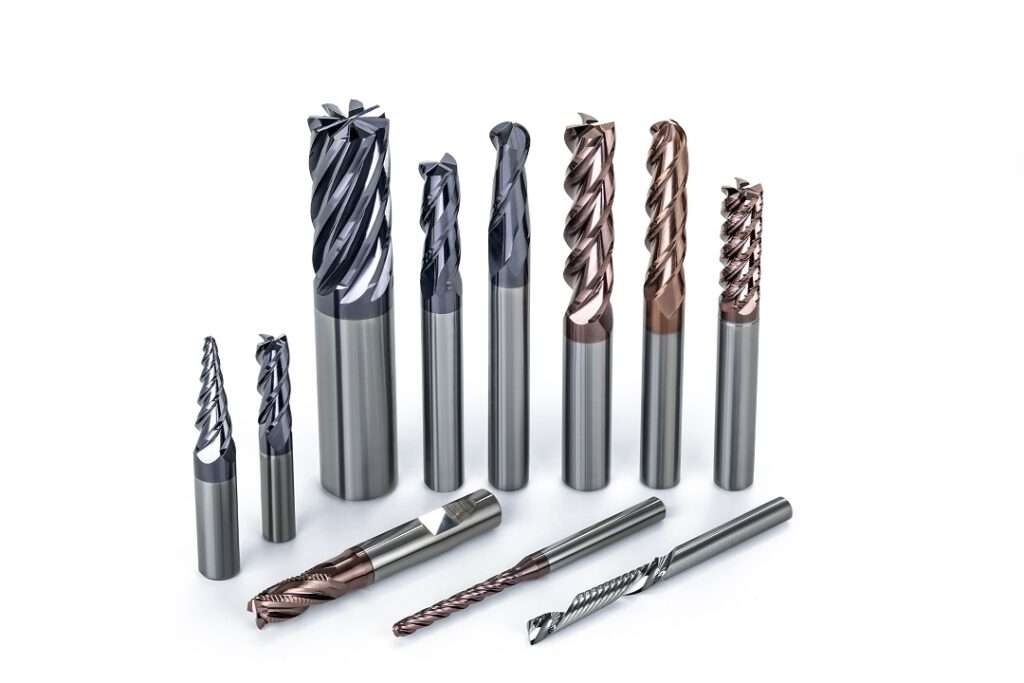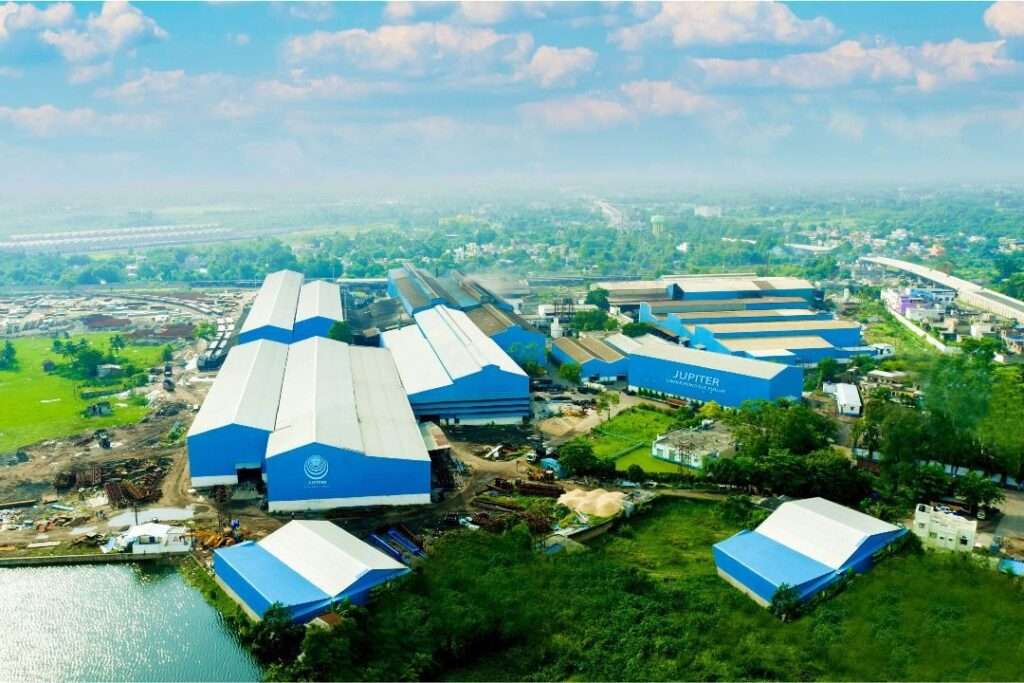India’s recent imposition of an anti-dumping duty (ADD) on Laser Marking, Welding, and Cutting Machines (LMWCMs) from China has stirred ripples across the nation’s industrial landscape. The immediate aftermath sees a potential short-term disruption, with the availability of cheaper machines diminishing. However, beneath this turbulence lies a transformative journey that promises to bolster India’s industrial self-reliance in the long run.
The intricate dynamics of global trade witnessed a significant upheaval in India’s laser technology landscape, marked by the imposition of an anti-dumping duty (ADD) on Laser Marking, Welding, and Cutting Machines (LMWCMs) imported from China. This policy shift, initiated by Sahaj Anand Laser Technology Ltd. (SLTL) and the Indian Laser Technology Association (ILTA), began with a complaint filed on April 1, 2021, setting the stage for a meticulous investigation into alleged unfair trade practices.
The Directorate General of Trade Remedies (DGTR) swiftly responded by initiating an inquiry into the matter, citing evidence of dumping and its adverse impact on India’s domestic LMWCM industry. The investigation spanned from September 2022 to June 2023, navigating through a thorough examination process that included questionnaires circulated amongst Indian and Chinese stakeholders, comprehensive visits to manufacturing facilities in both countries, and rigorous public hearings to collate opinions and arguments from concerned parties.
The preliminary findings, launched in May 2023, signifies a stark reality—the prevalence of dumping and the subsequent injury inflicted on the Indian LMWCM sector. Preliminary determinations recommended provisional ADDs ranging from 14.4% to an astonishing 212.4% on imports from China, reflecting the gravity of the situation.
Following a phase of intense public scrutiny and hearing sessions, September 2023 witnessed the DGTR releasing its final report, refining its stance based on inputs received. The revised recommendations proposed a narrower range of ADDs, varying from 20.82% to 147.20%, contingent upon exporter-specific circumstances. This meticulous examination led to the final imposition of definitive ADDs on December 22, 2023, by the Indian Ministry of Finance, effectively ranging from 22.54% to 147.20%.
The immediate impact of the ADDs was palpable, causing Chinese LMWCMs to face increased pricing and significantly altering market dynamics. This abrupt shift fostered:
- A surge in demand for domestic LMWCM alternatives.
- A substantial rise in fortunes for Indian manufacturers, leveraging newfound opportunities.
- However, the sudden imposition hinted at potential short-term supply chain disruptions.
However, looking beyond the short-term disruptions, the imposition of these ADDs is poised to catalyze transformative changes in India’s industrial landscape in the long run. The current scenario is anticipated to pave the way for:
- Companies previously reliant on trading will likely shift gears, focusing on building and assembling in India.
- Increased investment in research and development to produce critical components previously majorly imported from China, where anti-dumping duty was not implemented.
The sudden rise in pricing for Chinese LMWCMs may initially present challenges, particularly for industries accustomed to cost-effective imports. Yet, the imposition of this duty heralds a paradigm shift. Companies, previously reliant solely on trading, are expected to shift towards establishing manufacturing and assembly units within India’s borders. This transition signifies an era of expanding opportunities, driving the country towards fostering its indigenous production capacities.
The imposition of the anti-dumping duty may prompt transient disruptions, but it sets the stage for a resounding narrative of India’s journey towards industrial autonomy. This shift holds the promise of fostering a homegrown ecosystem, fostering innovation, and catalysing a resilient industrial infrastructure that embraces self-sufficiency.







